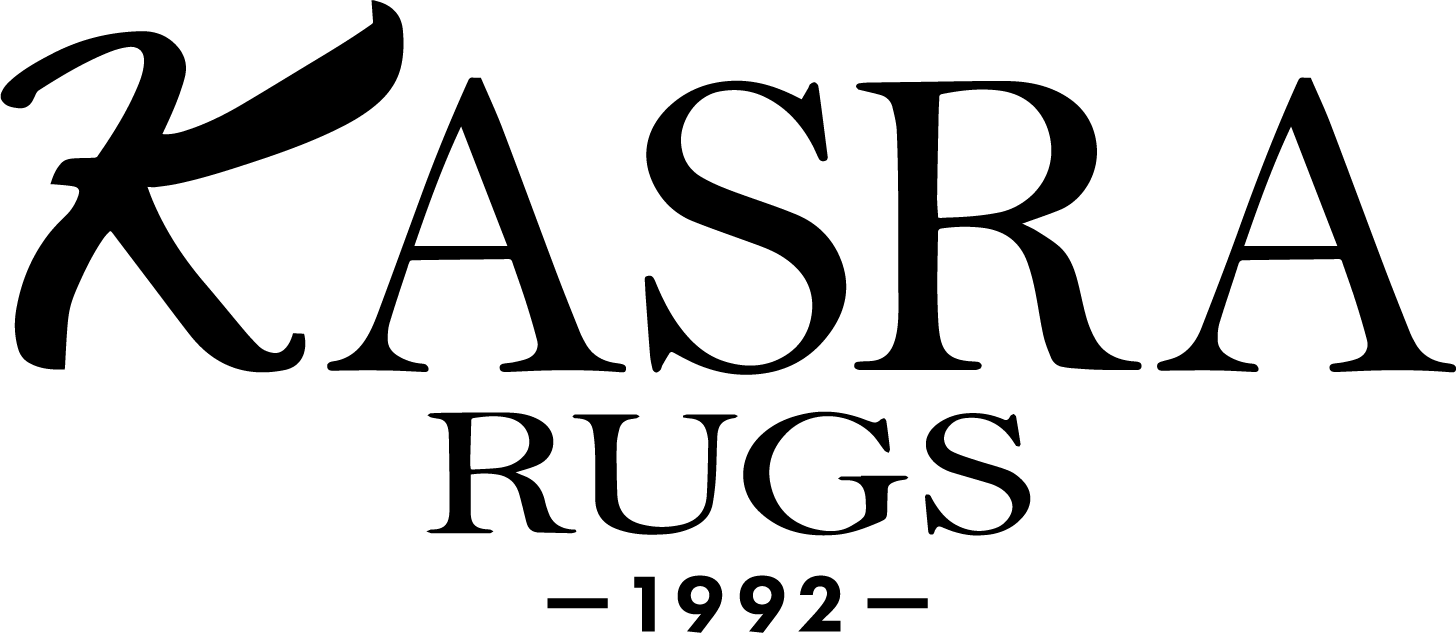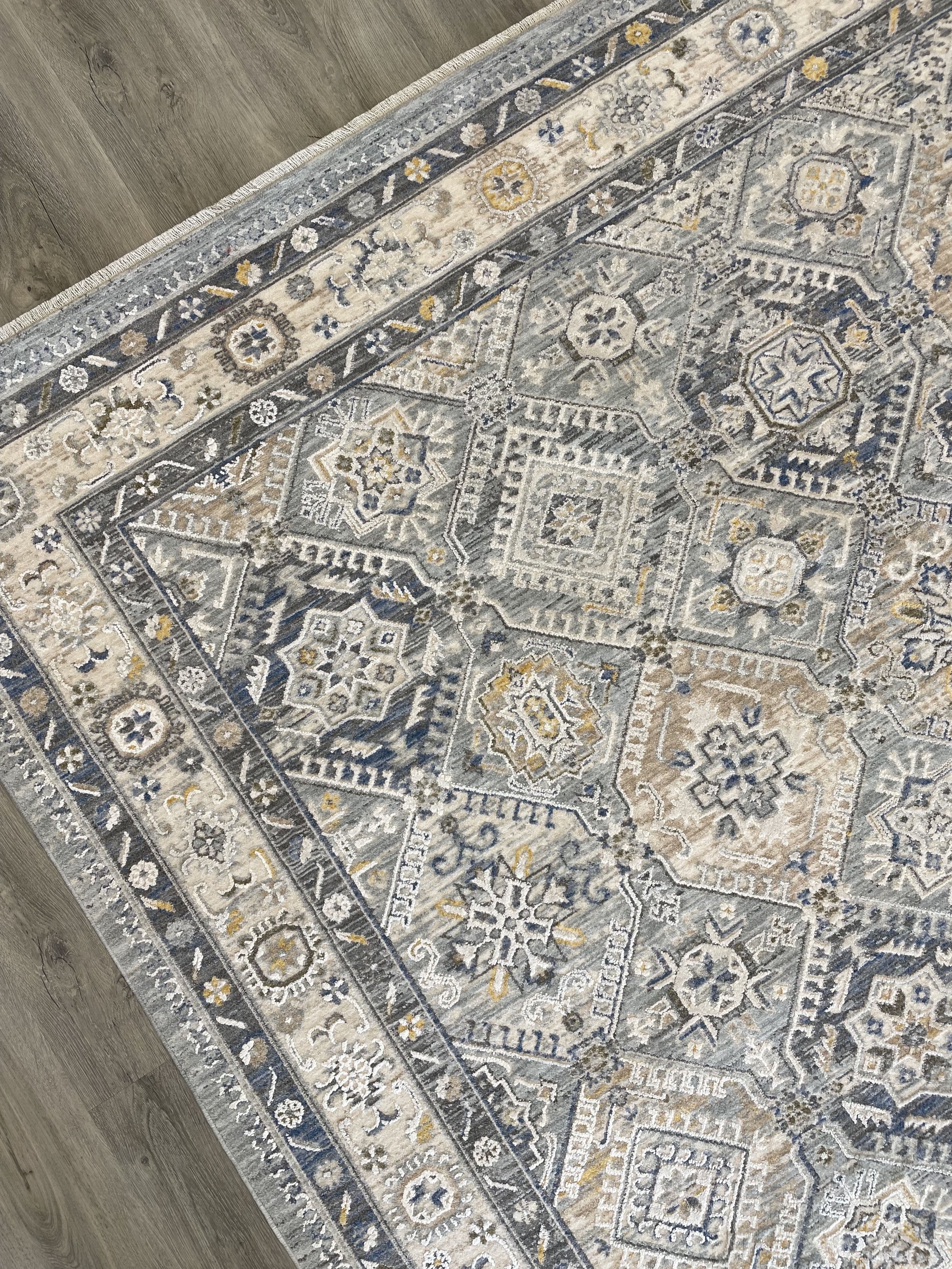Deciphering the Difference: How Do You Tell If A Rug Is Handmade or Machine Made
Rugs are more than just floor coverings; they're pieces of art that add character and warmth to any space. When it comes to selecting the perfect rug for your home, understanding the difference between handmade and machine-made rugs is crucial. But how can you tell if a rug is handmade or machine-made? Let's unravel the mystery and explore the distinguishing features of each.
Inspecting the Weave
One of the most telling signs of whether a rug is handmade or machine-made lies in its weave. Handmade rugs typically exhibit irregularities in the weave, showcasing the artisan's craftsmanship and the organic nature of the process. Look for slight variations in knot size and spacing, as well as irregular edges, which are characteristic of handmade rugs.
In contrast, machine-made rugs boast a uniform and consistent weave, thanks to the precision of automated looms. The stitches are often perfectly aligned, with no noticeable irregularities. While machine-made rugs may offer flawless symmetry, they lack the unique charm and individuality found in handmade counterparts.
The uniform and consistent weave of a machine-made rug.
Examining the Fringe
The fringe of a rug can also provide valuable clues about its construction. Handmade rugs typically feature a fringe that is an extension of the rug's foundation, woven seamlessly into the design. These fringes may be uneven in length and thickness, reflecting the organic process of hand weaving.
On the other hand, machine-made rugs often have fringes that are added after the rug is woven, attached as a separate component. These fringes tend to be uniform in length and thickness, with a neat and consistent appearance. While fringe alone is not a definitive indicator of a rug's authenticity, it can complement other factors in determining its construction.
The fringe of a machine-made rug.
Analyzing the Back
Turning a rug over to examine its back can reveal valuable insights into its manufacturing process. Handmade rugs typically have a more intricate and detailed back, with visible knots and irregularities. You may also notice uneven dye saturation, indicating the hand-dyeing process commonly used in handmade rug production.
In contrast, machine-made rugs often have a uniform backing, with little variation in texture or colour. The backing may also feature a synthetic material or adhesive used to secure the rug's fibres in place. While the back of a rug may not always be visible, it can provide valuable clues about its authenticity when examined closely.
Comparing the back of a handmade vs machine-made rug.
Final Thoughts
Distinguishing between handmade and machine-made rugs requires a keen eye for detail and an understanding of the unique characteristics of each. By examining factors such as weave, fringe, and backing, you can unravel the mystery and make an informed decision when selecting the perfect rug for your home. Whether you prefer the timeless charm of a handmade rug or the precision of a machine-made counterpart, understanding the differences allows you to appreciate the artistry and craftsmanship behind these beautiful creations.



